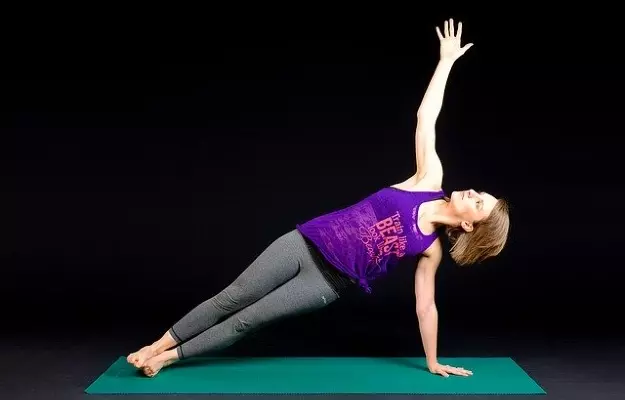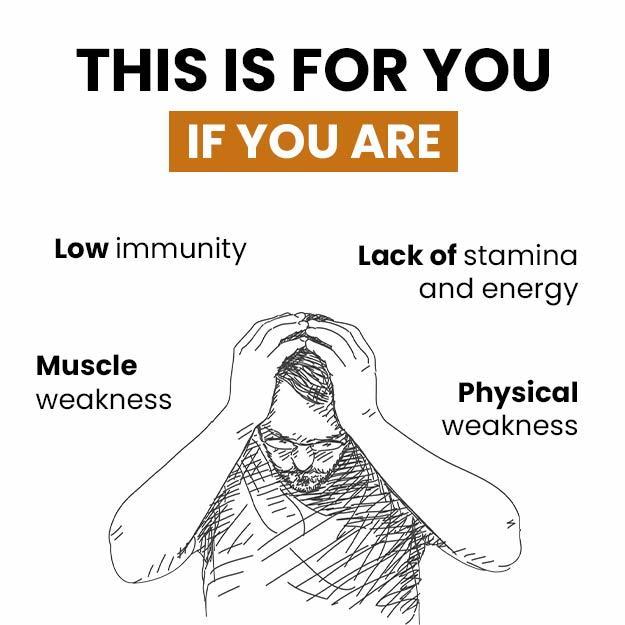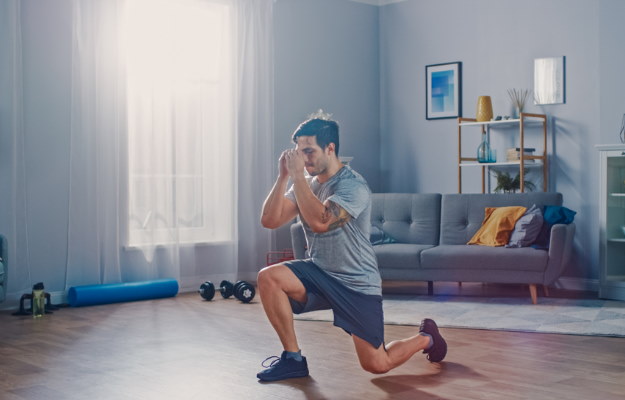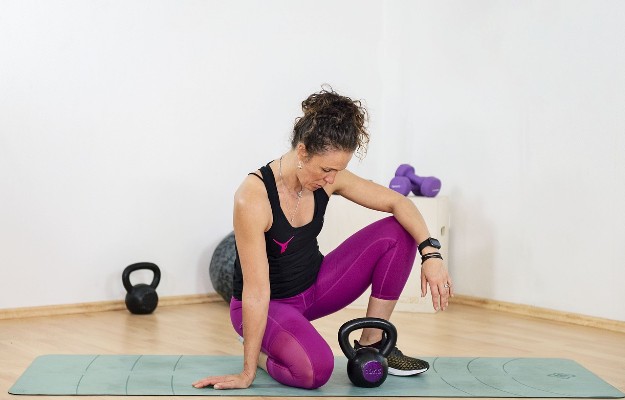The branches of fitness include weight training, flexibility and aerobic exercises, among others. Within these, there are even more specific methods such as circuit training, HIIT workouts and Crossfit. Most of these workouts rely on repeated contraction and extension of muscles, which eventually leads to toning, hypertrophy (muscle building) or fat loss.
Isometric exercises, however, work with the opposite principle: they emphasize staying still and not moving at all. Isometric holds are also called static strength training. Fitness experts and studies are divided on whether isometric exercises help in gaining strength. However, there is no denying that they are great for maintaining your existing levels of strength as well as help in regaining strength during injury rehabilitation.
Isometric exercises involve multiple muscles and muscle groups - the exercises require you to keep these muscles contracted over a longer period of time (as opposed to lengthening and contracting them by turns). This helps in the development of different muscles in the body. These exercises are also used to improve your athletic performance while doing more exaggerated movements, as parts of your body are required to be still while lifting heavy weights off the ground, hence they have aspects of functional training as well.
Chronic aches, pains, workout injuries and running injuries are part and parcel of the average fitness enthusiast - and they are a routine affair in an athlete’s life! Returning to full fitness after an injury involves gaining back strength as well as complete range of motion in the affected area. Physical therapists the world over include isometric exercises in their rehabilitation programmes to help a person recover from their injuries in order to return to the physical activity that caused the injury in the first place.






















